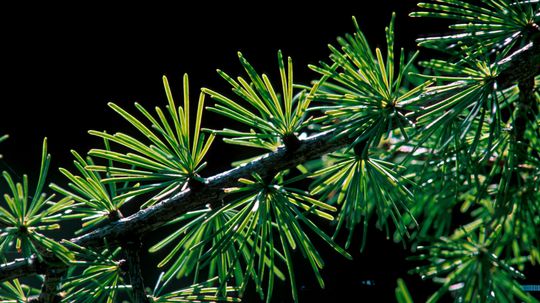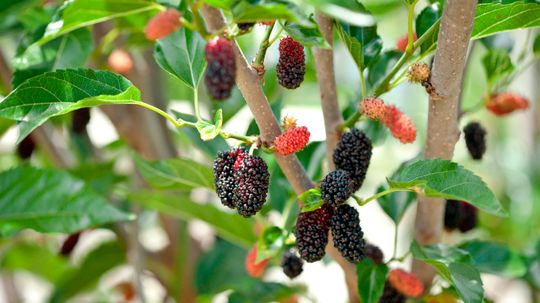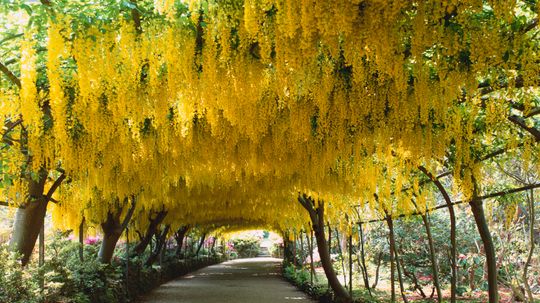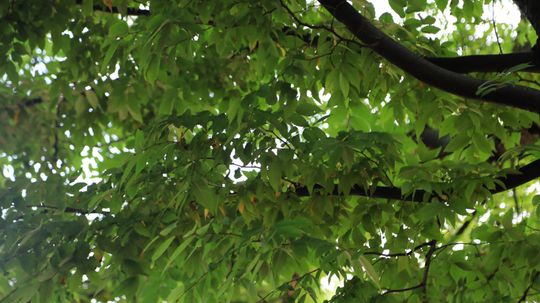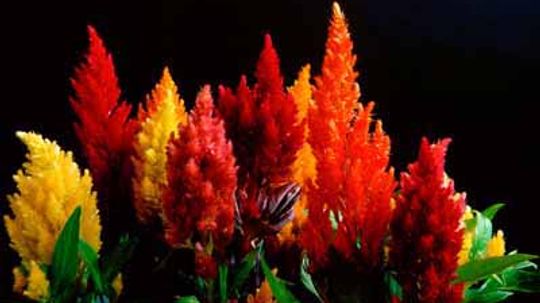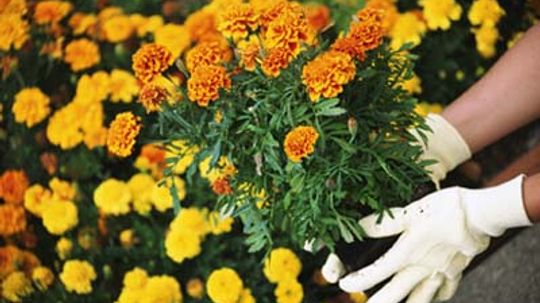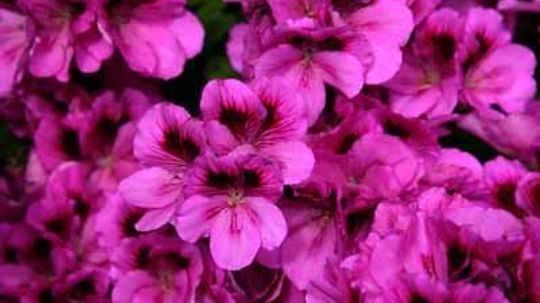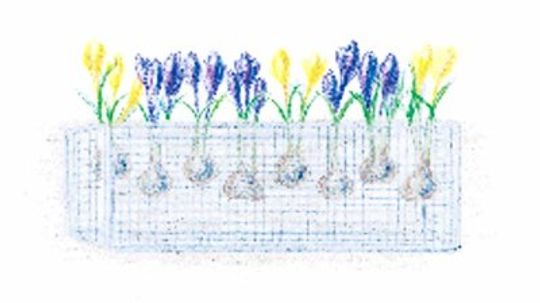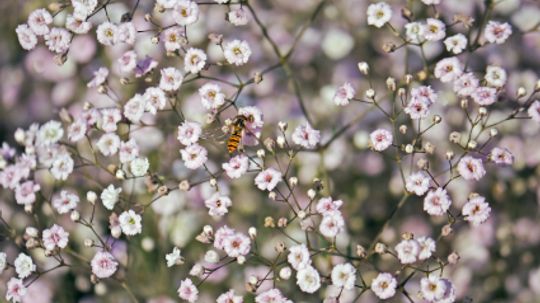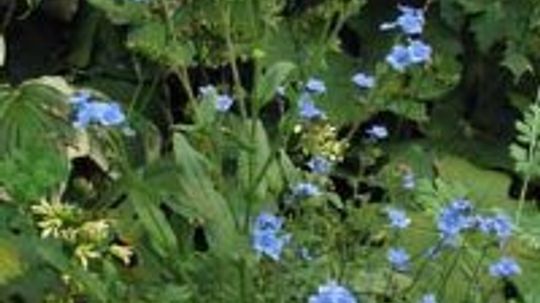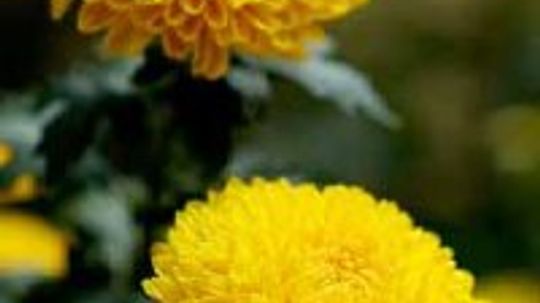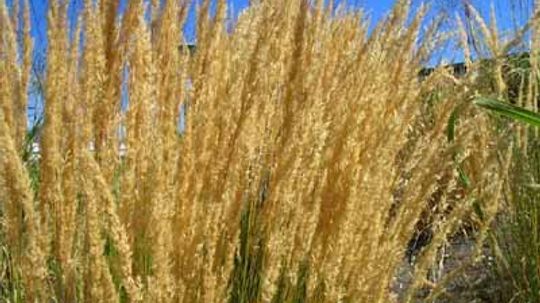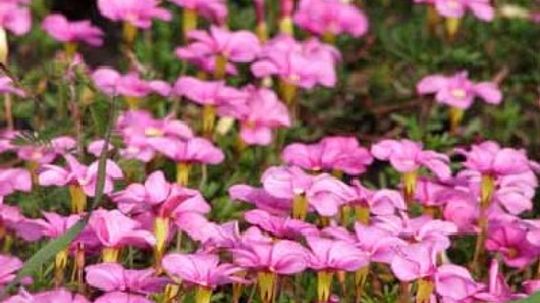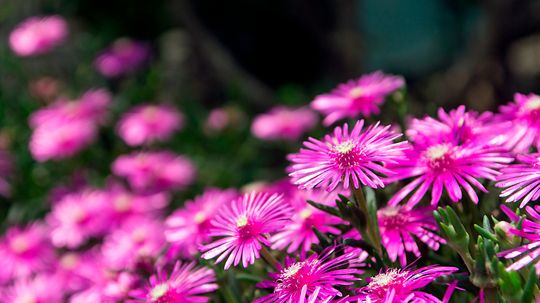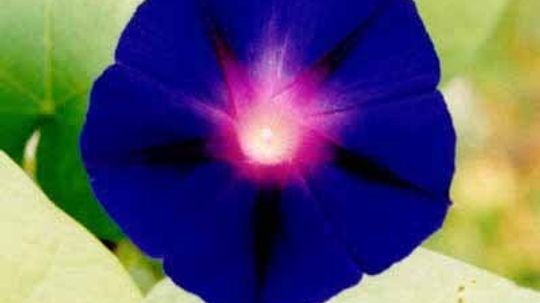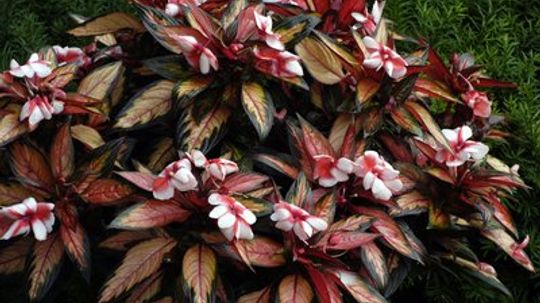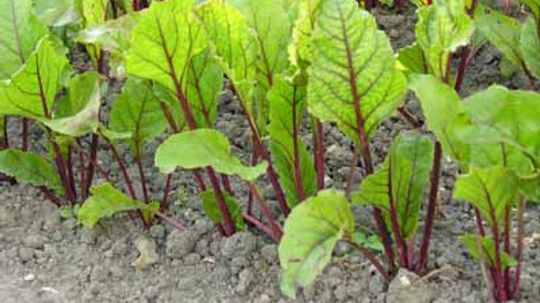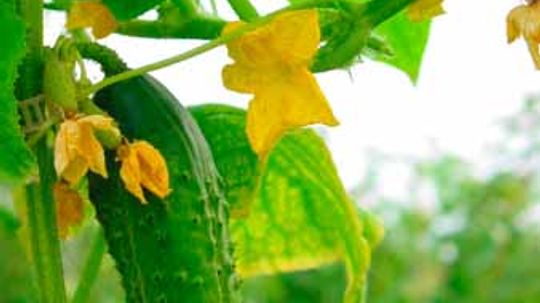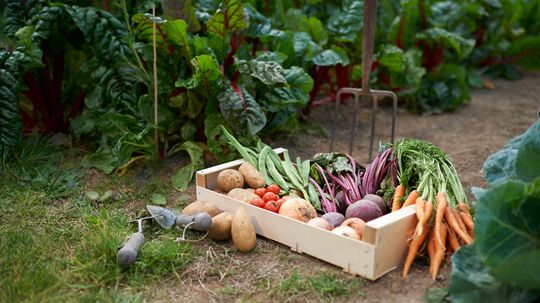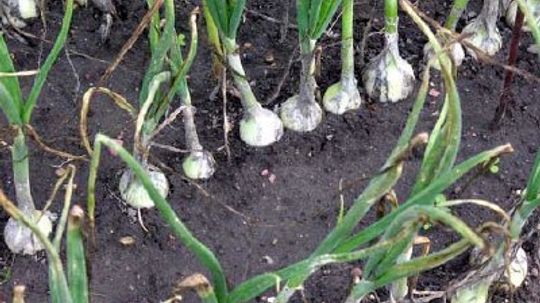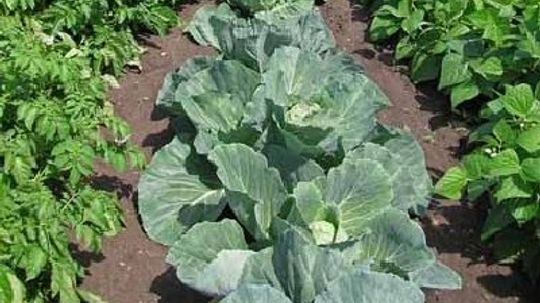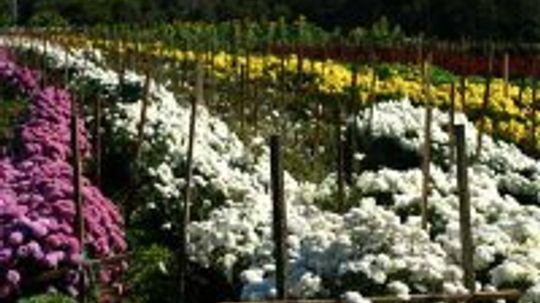Lawn and Garden
Yard and lawn care is an important part of maintaining a home. Learn about landscaping and get yard tips and advice from the experts at HowStuffWorks.
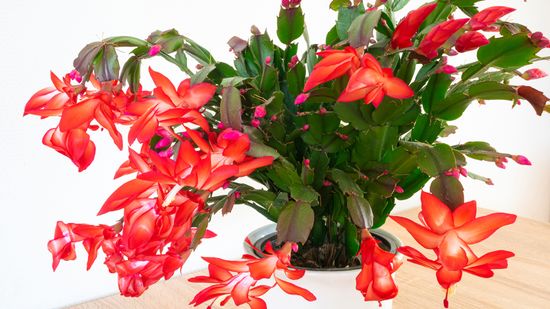
Christmas Cactus vs. Thanksgiving Cactus: What the Schlumbergera?
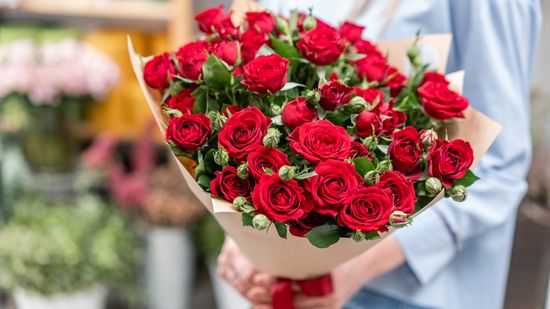
15 Types of Roses (Out of a Whopping 30,000)
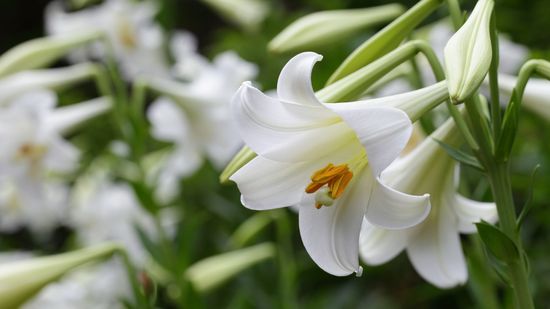
11 Types of Lilies Blooming in Gardens Around the World

Sandspurs: The Spiky Scourge of Feet and Lawns

Why You Should Stop Raking Fall Leaves, Stat!

Is Artificial Turf the Lawn of the Future?
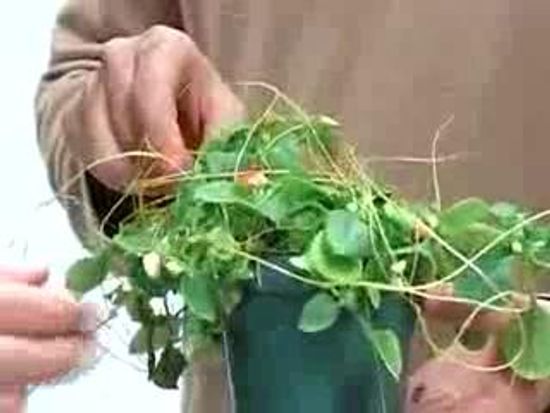
What time of day should you water your plants?

What types of stones work well in hardscape designs?

What is aquaponics?
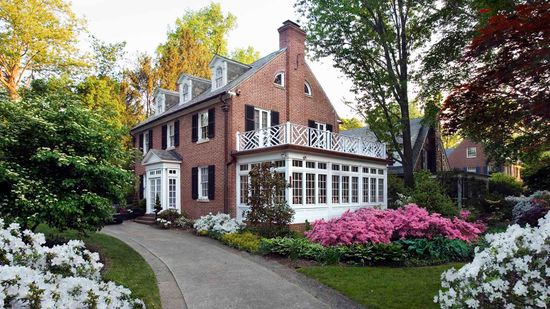
How Azaleas Became the Signature Flowers of the South
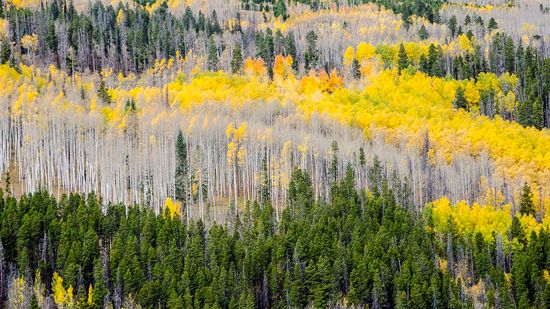
Why Evergreen Trees Don't Shed Their Needle-like Leaves
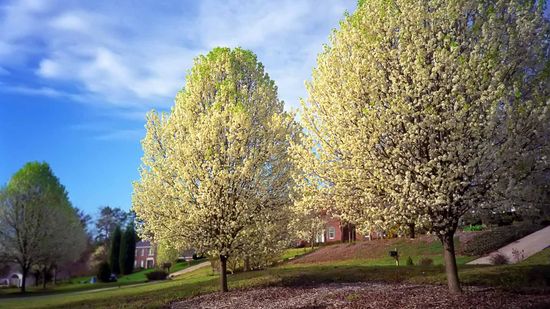
The Dreaded Bradford Pear Tree Smell Isn't Very Pear-Like
Learn More / Page 10
Tamarack tree is one of the few conifers that loses its leaves in winter, displaying lovely fall coloration beforehand. Learn how to grow and use tamarack tree in your landscaping project.
By C. Colston Burrell
An ideal plant for landscaping, fruitless mulberry tree is a unique fruit tree native to China. Learn more about how to grow and maintain fruitless mulberry tree.
By C. Colston Burrell
Golden-chain tree is a small, vibrant flowering tree with pendulous clusters of flowers that brighten any yard. Learn how to grow and use golden-chain tree.
By Kelly Aplin
Advertisement
Japanese zelkova tree is a fast-growing tree often substituted for American elm because it resists Dutch elm disease. Learn how to grow and use the Japanese zelkova tree.
By C. Colston Burrell
Mountain ash tree is a shrubby tree that is a member of the rose family. Learn how to use this small to medium size tree to brighten your yard or garden.
By C. Colston Burrell
Looking for a long-lasting flower to accent your garden and floral arrangements? Plumed cockscomb is an annual flower that dries well and keeps its color. In this article, learn about planting, growing, propagating, and using plumed cockscomb.
By C. Colston Burrell
Gardening can bring you satisfaction, especially when your flowers and vegetables grow and flourish. Properly caring for your garden will mean more flowers and a better harvest. Find tips for every aspect of gardening.
By Kelly Wright
Advertisement
Schizanthus, also known as butterfly flower or poor man's orchid, is a beautiful cool-weather annual flower that accents your garden with large, open blossoms. In this article, learn about planting, growing, propagating, and using schizanthus.
By C. Colston Burrell
Bulbs include a variety of plants that produce beautiful, colorful blossoms. Check out this article for tips on growing and caring for bulbs, and for ideas on incorporating these wonderful plants into your garden's design.
By C. Colston Burrell
Annual baby's breath is a delicate annual flower that produces white and pink flowers. Learn how to grow and cultivate baby's breath.
By C. Colston Burrell
The forget-me-not flower is a distinctive spring plant that accentuates any garden. In this article, you can discover its cultural meaning and learn how to grow these pretty blue flowers.
By C. Colston Burrell
Advertisement
Chrysanthemum is an adorable multi-colored annual flower with a unique shape and presentation. Learn how to grow chrysanthemum.
Ornamental grasses come in more than 100 varieties and have many functions in a well-designed garden. Learn how to grow and use ornamental grasses.
By C. Colston Burrell
Four o'clock, also called marvel of Peru, is a multi-colored annual that opens in the afternoon. Learn how to grow and use four o'clock.
By C. Colston Burrell
Native to South Africa, the African Daisy brings a vibrant splash of yellow or orange to any flower bed. Learn how to grow African daisy at HowStuffWorks.
By C. Colston Burrell
Advertisement
Livingstone daisy is a ground-hugging annual flower that needs full sun. The dark centers of these flowers are surrounded by petals in a wide range of colors, from pink to orange. Learn about Livingstone daisies.
By C. Colston Burrell
Morning glory vine is a great, multicolor annual flower that will grow almost anywhere. In this article, learn about planting, growing, propagating, and using morning glory vine in your flower garden.
By C. Colston Burrell
Looking for a great multicolor annual flower that is highly colorful but also low-maintenance? Try New Guinea impatiens. In this article, learn about planting, growing, propagating, and using New Guinea impatiens in your flower garden.
By C. Colston Burrell
Many vegetable gardeners prefer to use non-chemical means to keep pests away. Simple steps like disease-resistant seeds and crop rotation can help keep your garden healthy. Learn about organic pest control for your vegetable garden.
By C. Colston Burrell
Advertisement
Planting a vegetable garden at home is great. Vegetable gardens offer health benefits and save money. Learn crop selection, proper seeding and transplanting techniques, and the conditions that will make your garden thrive.
Sometimes even the most experienced gardener runs into a trouble spot in the vegetable garden. In this article, we provide you with a number of effective vegetable garden growing tips to help you succeed.
Successful vegetable gardens start with careful vegetable selection, good soil preparation, and great vegetable plot placement for a bountiful harvest. Learn everything you need to know about starting a vegetable garden.
By the Editors of Publications International, Ltd. & Desiree Bowie
Successful vegetable gardens need to be weeded, watered, fertilized, and maintained all through the growing season to ensure a bountiful crop. Learn everything you need to know about caring for a vegetable garden.
Advertisement
Growing a vegetable garden is a great addition to your current gardening skills. We'll teach you about the different vegetables types, planting methods, and proper veggie garden care. Learn about vegetable gardens.
Vegetable plants sometimes need stakes, cages, or trellis systems to ensure healthy growth and a good crop. Tomato plants in particular need support systems to thrive. Learn all about staking vegetable plants.
By C. Colston Burrell
